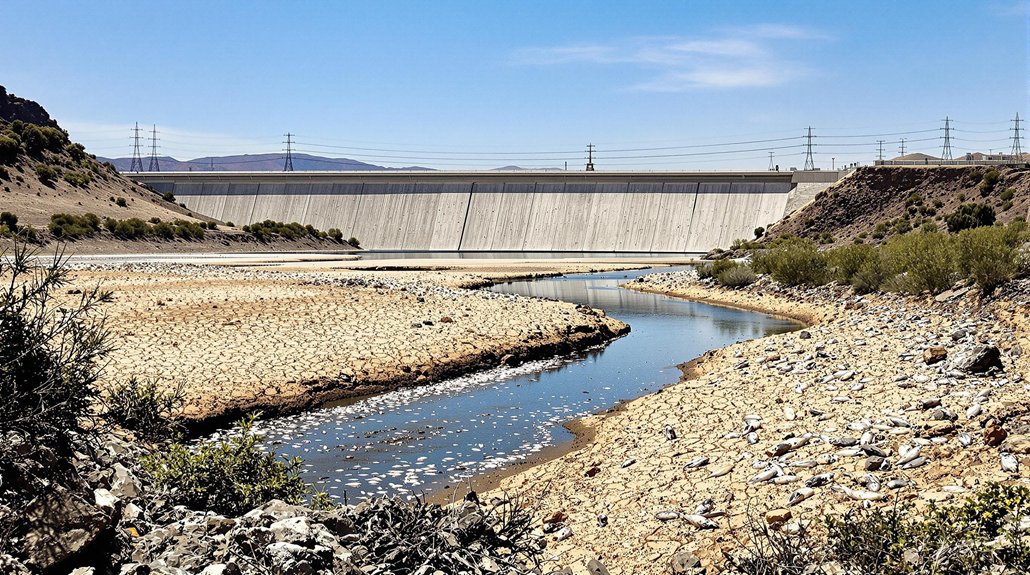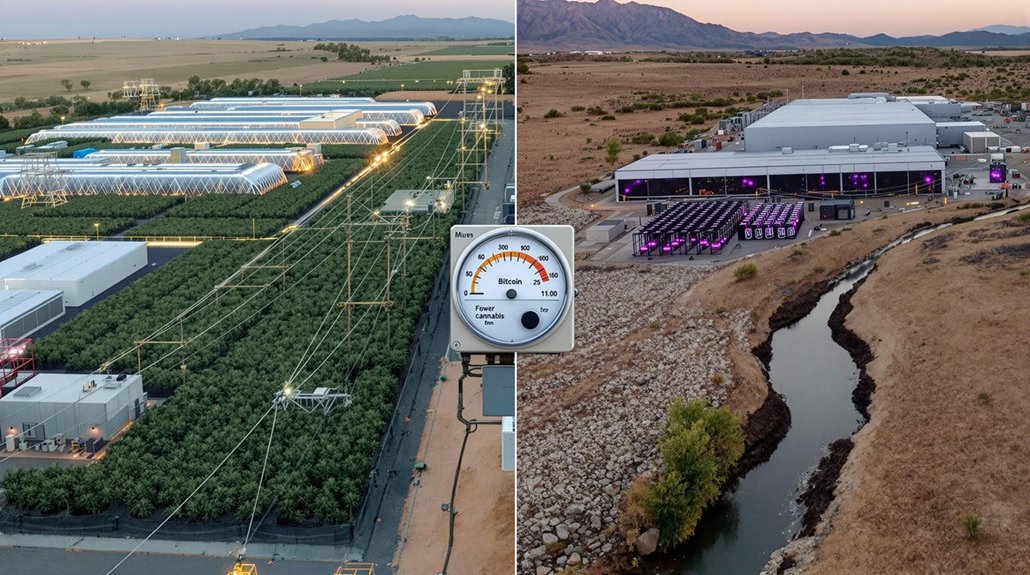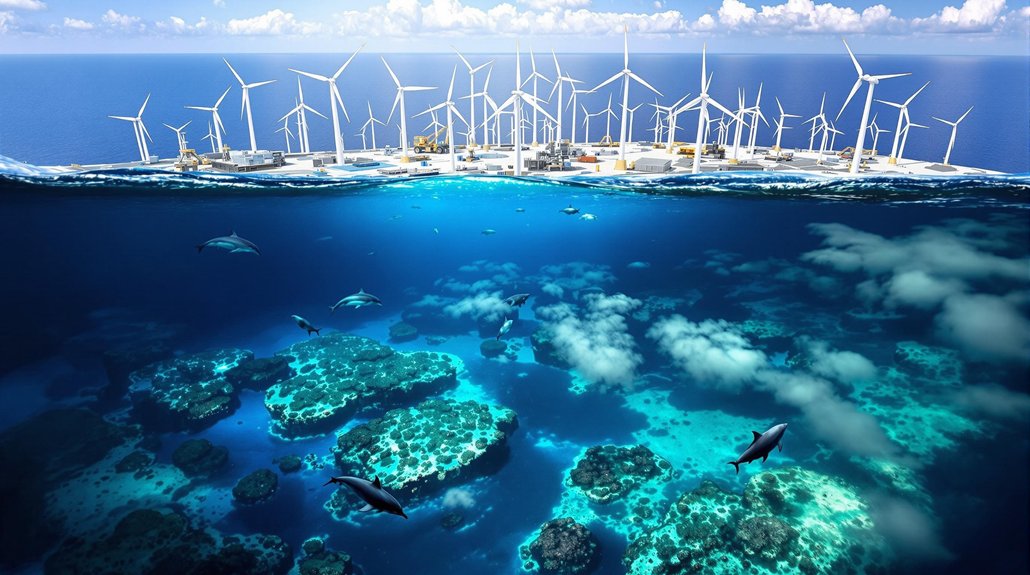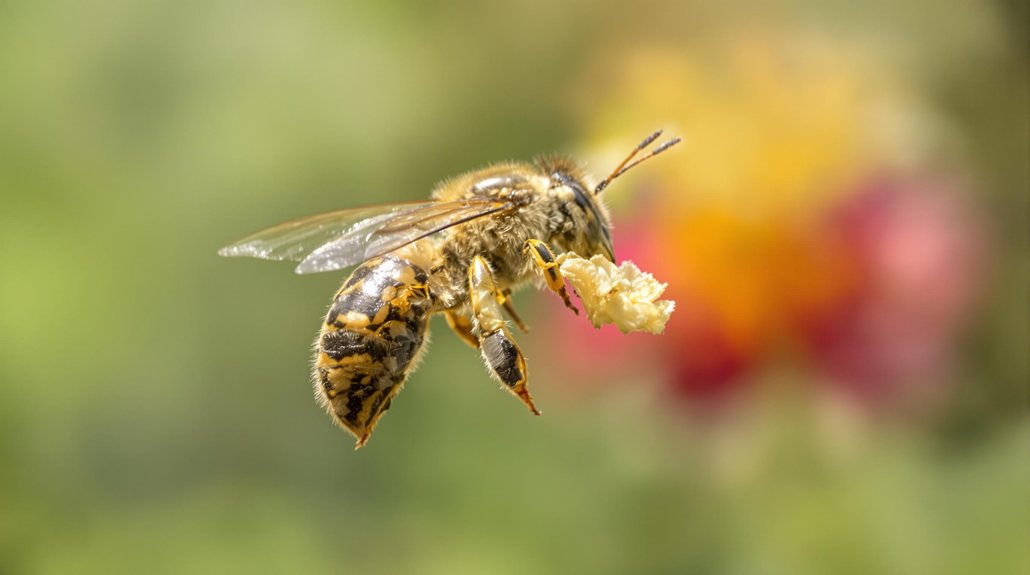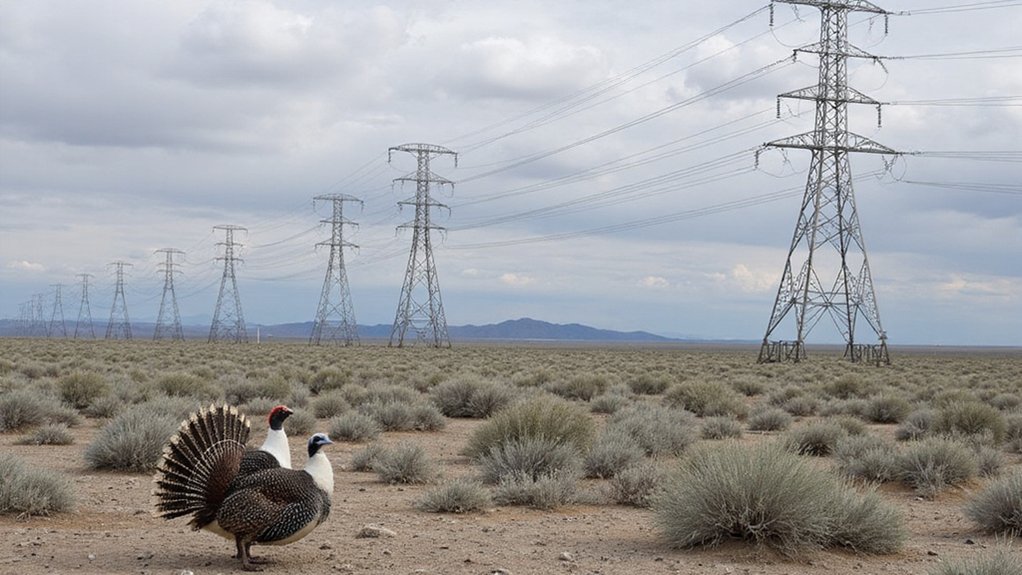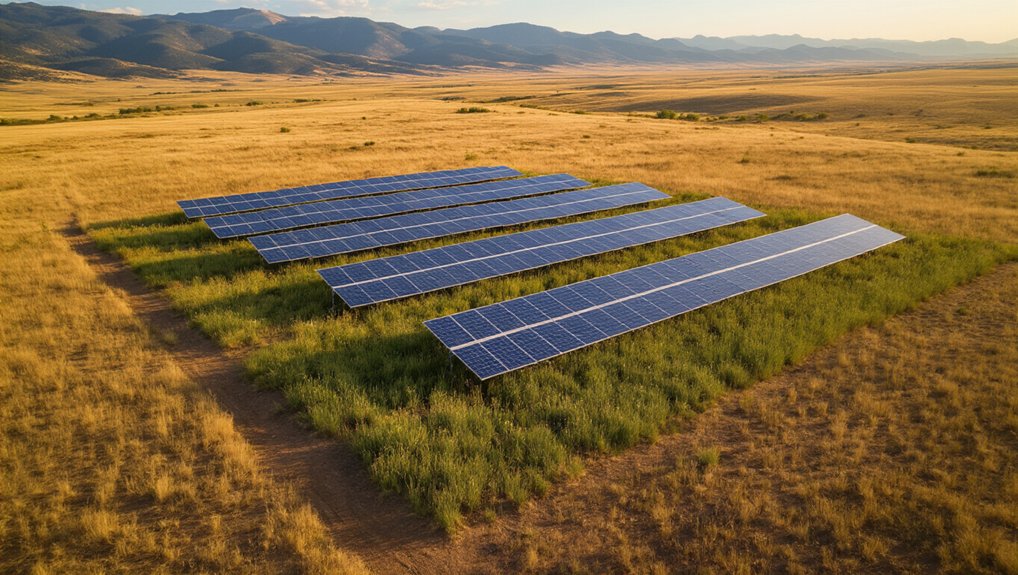Hydropower dams deliver clean electricity but ravage river ecosystems. While generating 25% of global power, they’ve contributed to an 83% decline in freshwater biodiversity since 1970. Only 37% of long rivers still flow freely. Indigenous communities lose homes, cultural sites, and livelihoods. Engineers are creating fish ladders and salmon cannons, but is it enough? Meanwhile, 3,700 more dams are under construction. The solutions might require rethinking our entire energy approach.
When did “clean energy” become so dirty? Hydropower might power our homes, but it’s destroying our rivers. Dams account for a quarter of global electricity, with China leading the charge at 28% of worldwide production. Green, renewable energy—that’s what they tell us. But let’s get real about the costs.
Rivers are dying. Only 37% of the world’s longest rivers still flow freely. The rest? Chopped up, blocked, and altered by concrete monsters we call dams. Fish can’t migrate. Sediment can’t flow. Ecosystems can’t function. Simple as that.
Here’s a disturbing number: 83%. That’s how much freshwater biodiversity declined between 1970 and 2014. Not a typo. Eighty-three percent. Gone. And we’re building 3,700 more dams as we speak. Perfect.
Oh, and that “clean energy” label? Hilarious. Reservoirs belch out 13.4 million metric tons of methane annually. Methane—the greenhouse gas that’s 80 times more potent than carbon dioxide. Run-of-river systems offer a less environmentally disruptive alternative to traditional large dams. But hey, let’s not include that in our emissions calculations. Wouldn’t want to ruin the “green” narrative.
Indigenous communities get the worst deal. Their homes? Flooded. Their cultural sites? Underwater. Their livelihoods? Destroyed. Sometimes they face intimidation when they complain. Democracy in action.
Some engineers are trying to help. Fish ladders. Salmon cannons (yes, that’s really a thing). Turbines designed to slash fish mortality. It’s something, at least.
The solution isn’t simple. We need electricity. But we also need rivers that function. Fish that spawn. Communities that aren’t displaced. The cumulative impacts of multiple dams on a single watershed can devastate entire ecosystems far beyond what any individual dam might do.
Maybe the answer lies in smarter placement of dams. Or embracing alternatives like tidal and wave power. Or—radical thought—using less energy altogether.
The clock is ticking for our rivers. One-fifth of organic carbon moving from rivers to oceans gets trapped behind dams. Methane bubbles up. Fish populations crash. Local food supplies vanish. Recent studies confirm that hydropower has degraded biologically rich habitats across the globe, particularly affecting tropical rainforest ecosystems.
Clean energy shouldn’t come this dirty.
